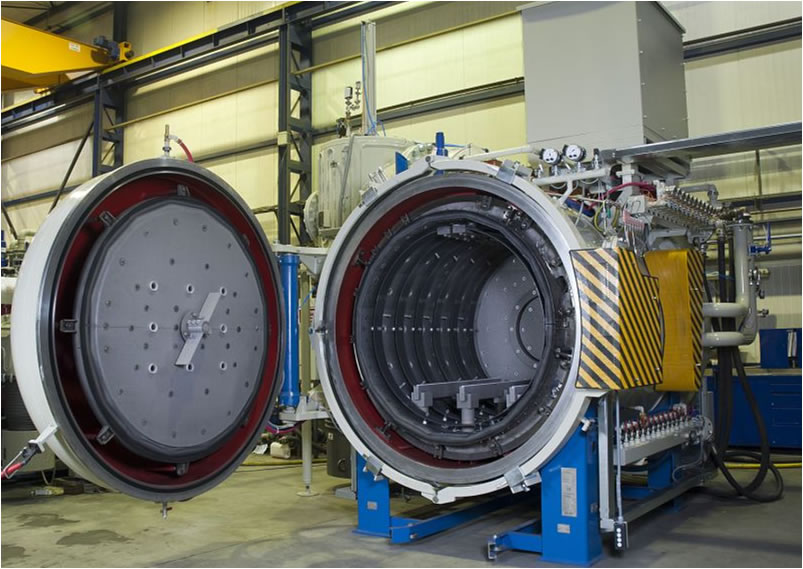High Pressure Gas Quenching In Vacuum Furnaces
David Pye is known around the world as one of the heat treat industry’s most knowledgeable consultants. Today he offers his thoughts on high pressure gas quenching in vacuum furnaces.
“Work has been conducted on this quench technology for many years now. In fact as far back as the early 1960’s with Reynoldson and Dawes in UK when they presented their work on using 2 bar over pressure with nitrogen and helium as the quench medium gases. Work progressed on the development of blended gas mixtures to substitute the liquid quench insulating vapor phase with a thermally efficient and effective cooling gas. The two most thermally effective cooling gases are:
- Hydrogen
- Helium
The writer has seen the use of 6 bar over pressure using 20% Hydrogen and 80% Nitrogen in vacuum work very effectively on tool steel heat treatments such as the D series, the High Speed Steels, and H series for example. Generally the pressure used today is a maximum of 20 bar over pressure (maximum) using blended mixtures of helium and nitrogen. The blend ratio can be blended according to the steel that is being treated. Thus one can now create the quench medium that best suites the type of steel being treated. The reason for the blend of nitrogen as the dilutant gas is one derived purely because of process economics.There are three perquisites for high pressure gas quenching which are:
- Pressure
- Volume
- Velocity
Because of the expense of helium, the focus of gas quenching (under partial pressure conditions) has been with nitrogen. The pressures being used today are generally in the region of 10 bar to 20 bar (Max) over pressure. The nitrogen is simply blown off to atmosphere and not usually recycled. The important factor about high pressure gas quenching, is that the completed work does not require any post cleaning whatsoever. The parts are almost as bright as when they went into the process vacuum furnace. A word of caution is necessary at this juncture. Do not exceed the rated over pressure quench capabilities of the vacuum furnace. This can result in serious damage to the furnace with the potential for serious injury. Sincerely David [email protected]”

